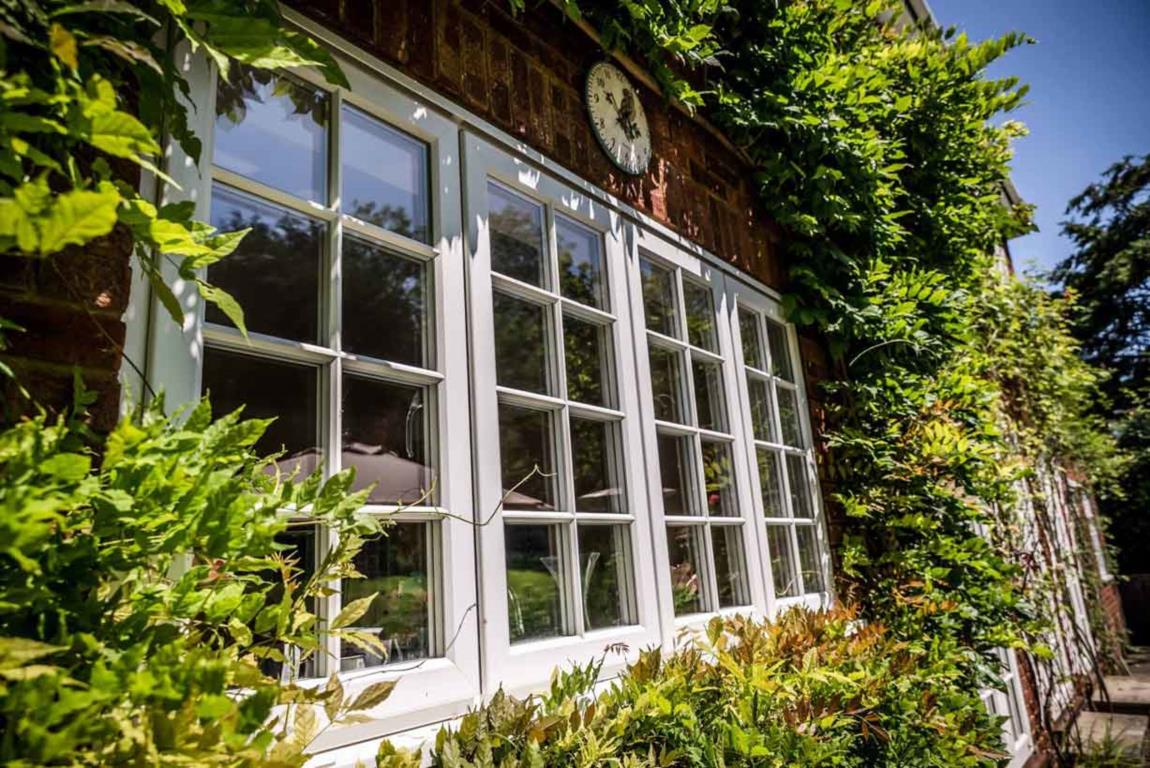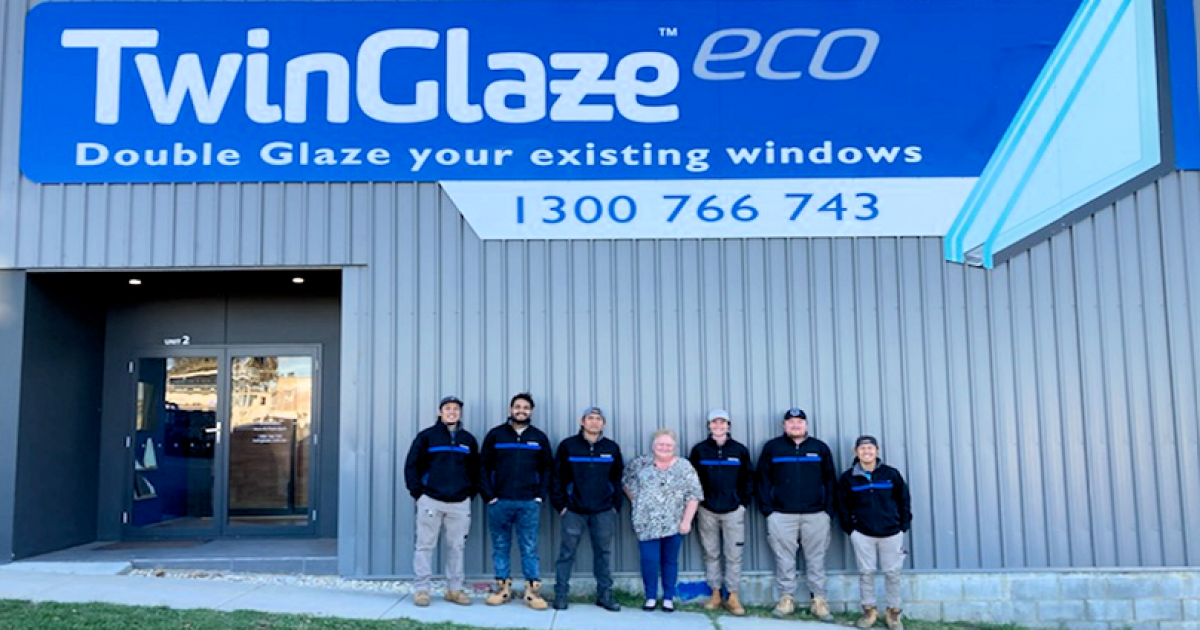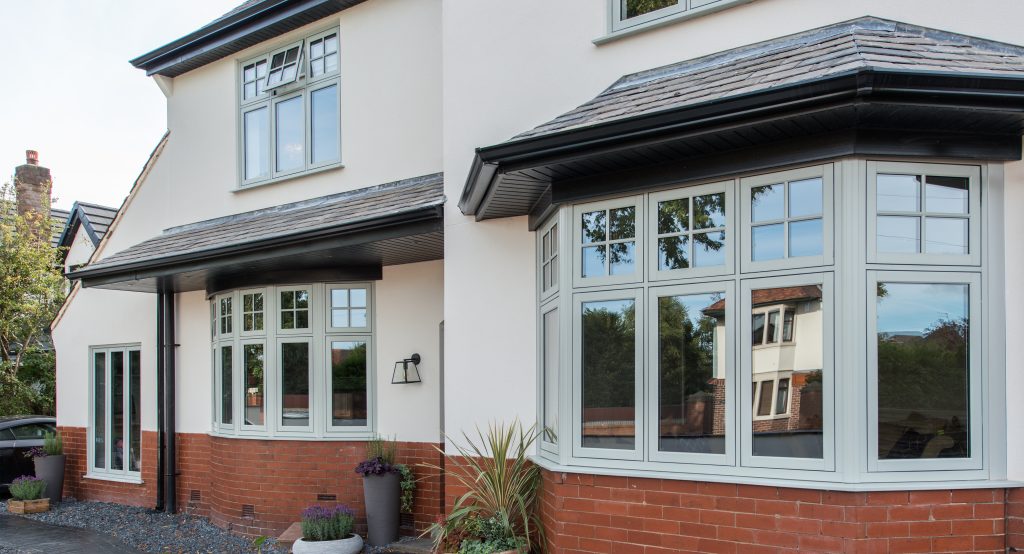All Categories
Featured
Table of Contents
A Complete Guide To Double Glazed Windows in Daglish Perth
Laminated glass is frequently utilized in areas in the home most prone to injury from human impact such as bathrooms, doors, around staircases and in locations near to the floor (it satisfies the requirements of 'shatterproof glass' that is mandated for use in these areas by Australian Basic AS 1288 Glass in buildings).
Toughened glass has been 'tempered' by being reheated and rapidly cooled once again. This process makes it much stronger than standard glass it can withstand higher impact loads prior to breaking. It likewise makes it more secure because, when it does shatter, it gets into numerous small cubic pieces rather than harmful fragments.
Double Glazed Windows Brisbane in Beechboro Western Australia
Toughened glass has no thermal or acoustic advantages over other glass of the same toning or density. Secondary glazing is where single-glazed windows are retrofitted with a transparent acrylic or glass sheet connected to the within of the frame or openable sash with a secondary frame or with magnetic strips.


Secondary glazing will not carry out too thermally as a manufactured IGU, because it is impossible to completely seal the border, however it can provide great noise control. Window movies are a thin polymer film consisting of a taking in color or reflective metal layer, with an adhesive support. They adhere to your glazing to alter its colour or make it reflective.
4 Benefits Of Double Glazed Windows In The Summer in Butler Western Australia
Applied to existing glass, some window movies can halve the overall SHGC of the window by taking in and/or reflecting solar radiation. This can be particularly advantageous in hotter climates where cooling is the primary issue, or on east and west elevations directly exposed to long periods of sunlight. Window movies may likewise minimize noticeable light transmittance.

For this factor, it is generally best to utilize a certified installer of window movie. Frames have a considerable impact on the thermal efficiency of doors and windows, because energy can be acquired and lost through the frame, along with through the glass. Different kinds of frame will allow different levels of heat gain and loss, so careful choice of frame is crucial for effective passive design.
Which Type Of Double Glazed Window Frame Is Right For You? in Duncraig Perth
However, aluminium is likewise a great conductor of heat and will reduce the insulating value of a glazing system, unless particularly engineered to decrease this. A 'thermally broken' frame is made up of 2 aluminium sections connected by a structural insulator (normally a low-conductivity structural polymer). This 'breaks' the thermal connection through the aluminium and decreases the heat flowing through the frame.
Lumber frames are a good natural insulator that can fit some house styles. Lumber frames must be made from species that have naturally high toughness or be dealt with to avoid decay and contortion.
Does Double Glazing Keep Heat Out in Maylands WA
Nevertheless, this can result in gaps that permit air seepage unless great draught sealing (weather condition removing) is set up. u, PVC is a type of plastic (unplasticised polyvinyl chloride, likewise referred to as rigid PVC). u, PVC frames supply outstanding thermal performance, typically better than timber or thermally broken aluminium. u, PVC is long enduring and needs very little upkeep, and can be moulded into complicated profiles that provide outstanding air seals.
u, PVC windows and doors have outstanding thermal performance Picture: Ben Wrigley (Light House Architecture and Science) Composite frames utilize aluminium profiles on the outer sections with either a timber or u, PVC inner section. These integrate the low maintenance and resilience of aluminium with much improved thermal performance.
Table of Contents
Latest Posts
Reglazing Single Glazed Windows With Double Glazed Units in White Gum Valley Western Australia
Replacement Double Glazing - Upvc Windows in Kingsley Perth
Energy Efficiency With Double Glazed Windows 2023 in Como Perth
More
Latest Posts
Reglazing Single Glazed Windows With Double Glazed Units in White Gum Valley Western Australia
Replacement Double Glazing - Upvc Windows in Kingsley Perth
Energy Efficiency With Double Glazed Windows 2023 in Como Perth